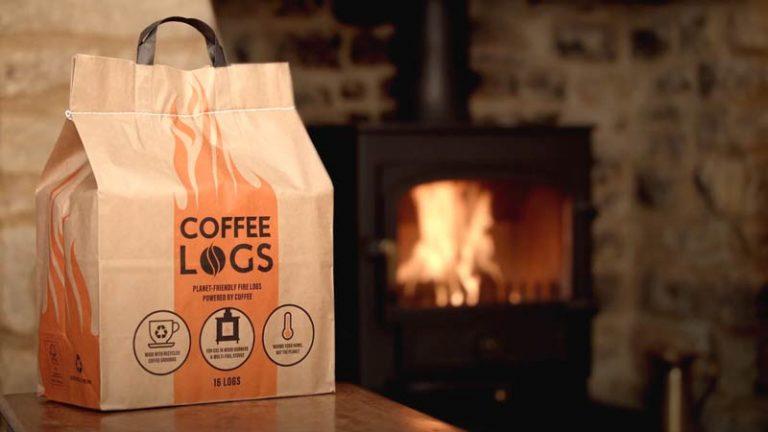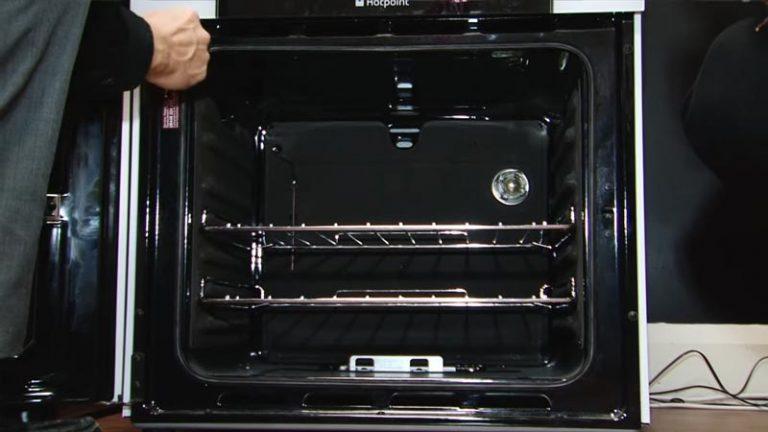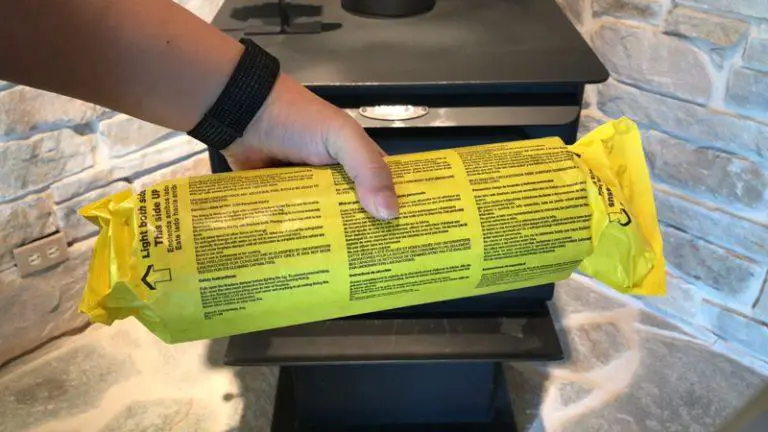Will Burning Rock Salt To Clean Chimney

Sodium chloride is a common additive in many items, like food and cleaning products. When added to water, it creates a weak acid that can dissolve small amounts of creosote from the chimney.
This weak acid can also dissolve small amounts of sodium hydroxide found in detergents, which makes them effective against clogged ovens and toilets as well. Because sodium chloride is a chemical found in many items, it’s important to read labels before using any product containing it.
As with anything else you use around your home, be sure to follow all safety warnings when using this additive.
You'll Learn About
Will Burning Rock Salt To Clean Chimney?
When adding common chemicals to water, it’s important to be aware of the potential consequences. Sodium chloride is a common additive that helps make water more acidic- this can dissolve creosote in the chimney.
Be careful when using sodium chloride as it can have unintended consequences- always consult your chemist first. Keep an eye on any substances you add to your fireplace and stovetop; small amounts could ruin your property over time.
Not all chemicals are created equal: read the labels before making any changes or additions.
Sodium chloride is a chemical found in many common items
Sodium chloride is a common cleaning ingredient found in many household items, such as oven cleaners and window cleaners. It can be used to clean any surface where there is soot or grease build-up, including the inside of your chimney.
Burning rock salt will help dislodge the soot and grime from your chimney’s interior walls – making it easier to clean by sweeping or using a vacuum cleaner. Make sure to read all product labels before purchasing sodium chloride for use around your fireplace.
Some products may contain other chemicals that could damage your property. Don’t forget that burning rock salt should only be used with caution – always wear protective gear when handling this material.
When added to water, it creates a weak acid that travels up the chimney
Burning Rock Salt is a popular additive to many water solutions in order to create a weak acid that can travel up the chimney. For best results, add it when starting your fire, and then check the Chimney Sweep every week or so while burning wood on your stovetop.
Burning Rock Salt should never be used as a regular cleaner for any surfaces; only use it as an emergency measure if you have smoke coming out of your fireplace or chimney. Be sure not to swallow any pieces of this product – ingestion could lead to serious health consequences such as vomiting, diarrhea, and even death.
Keep children away from open flames and ensure that all flue pipes are properly capped before using Burning Rock Salt.
This weak acid can dissolve small amounts of creosote
Burning Rock Salt is a weak acid that can dissolve small amounts of creosote, so it can be used to clean chimneys. Be sure to use caution when using this product, as contact with the acid could cause burns or chemical damage.
If you choose to try burning rock salt for cleaning your chimney, do not leave the area unattended, and make sure all flammable materials are away from the fire pit before igniting it. Use a bucket instead of a shovel to scoop up loose ashes after using burning rock salt. Doing so will prevent excess soil and moisture from entering the Chimney system.
Always consult an expert before attempting any home repairs- even those as simple as cleaning your chimney.
What can you burn to clean your chimney?
Creosote logs are a great way to clean your fireplace. Keep an eye on the creosote as it falls to the bottom of your fireplace- if it’s too heavy, you may need to remove it before burning it.
Cleaning and maintaining your chimney is important for preventing smoke inhalation and fire hazards in your home. Burn only properly disposed creosote logs- do not burn pieces that have been left over from previous burns or debris from around the house.
What dissolves chimney soot?
Dissolving soot from a chimney is done with vinegar, salt water, or chemical cleaners. Choose the best solution for your specific situation based on factors such as the type of soot and how bad it is.
Keep in mind that vinegar will work faster than other solutions, but it can also damage surfaces nearby if not used carefully. If using chemicals to clean the soot, be sure to follow all safety guidelines first.
Finally, remember that repeated use of these solutions may result in lessened effectiveness over time – take regular care of your chimney.
Is there anything that will dissolve creosote?
If you have creosote on your property, it is important to remove the liquid as quickly as possible. There are a few different ways to do this; spraying water will help dissolve the creosote, bleach and industrial cleaners can also be effective at pulling out the liquid, and clothes can be soaked in a washing machine with detergent or hot water.
Be aware that if there is an accumulation of creosote, scrubbing with a brush may not work as well. In this case, using diluted bleach or industrial cleaner may be more effective than scrubbing alone. Finally, remember that removing Creosote from skin requires caution – use soap and warm water only if necessary and avoid contact with eyes or mucous membranes.
Do potato peels clean chimneys?
Burn potato skins to produce energy or collect acorns in the autumn for a natural fire starter. Keep your chimney clean by using organic methods such as ash removal and keeping leaves off the flue.
Use caution when dealing with hot ashes – always wear gloves, avoid contact with eyes, and stay back from the edge of the fireplace while it’s burning. Don’t let your chimney become cluttered – remove all debris before you start cleaning so there is space for smoke to escape freely.
Remember that prevention is better than cure- keep your home environment healthy so Chimney Sweep won’t be necessary.
Does burning a hot fire remove creosote?
Creosote is created when a fire burns too hot and the oils in wood burn off, leaving behind a black soot residue. Cleaning your chimney of creosote before burning another fire can help prevent this from happening again.
If you are using an open flame to cook on a grill, avoid cooking over hard surfaces like metal because they may sparks and start the fire again; instead, use lightweight materials like aluminum foil or paper plates for easy cleanup afterward Burning corrugated metal can release harmful toxins into the air; avoid doing this by either recycling it or burning it in a very hot fire.
Finally, if you do decide to torch some tough items like lumber or bricks outdoors – make sure to wear protective gear like goggles and gloves.
What will eat creosote?
Creosote is a kind of oil that is used to protect wood against the elements. It can form on surfaces where the oil and water mix, such as in an engine bay.
The most common thing that will eat creosote is moisture. This includes rainwater, snowmelt, and other liquids that get into the engine bay through cracks or openings in the structure.
Over time, this moisture will break down creosote into its component chemicals which are then harmful to engines and other parts of your car. Creosote is a plant that is common in the desert and it’s used to coat railroad ties, build fires, and waterproof barns.
It can also be found on buildings and fences. Jackrabbits are the only mammal known to eat creosote leaves. Desert woodrats and kangaroo rats depend on creosote seeds as their main source of food. When jackrabbits cannot find other sources of food, they will consume the leaves from the plant.
The bitter taste of creosote makes it an ideal meal for these animals when other options are scarce. Creosote has a root system that provides shelter for desert woodrats and kangaroo rats who feed off its branches and roots. These rodents use this shelter to store food during dry periods or when there is danger from predators such as hawks or snakes.
Although creosote plants have been around for many years, humans have only recently begun eating them due to their bitterness. In fact, until relatively recent times, people avoided consuming any part of this plant because of its unpleasant taste.
Does vinegar remove creosote?
If you’re experiencing creosote build-up on exterior surfaces, vinegar can help to remove it. To make the solution, mix water, vinegar, and soap together until paste forms.
Scrape away creosote with a chisel-like brush while the mixture is still wet. Remove the chimney cap and use a stiff bristle brush to clean around the flue area; then dry completely before reattaching the cap.
Finally, seal all cracks and joints in your roofing system with an appropriate sealant to prevent future leaks.
Does Borax remove creosote?
Borax is a natural mineral that can be used to remove creosote from wood. It works by breaking down the tar and oil that makeup creosote, freeing it up for removal.
Can be used on a variety of surfaces
Borax can be used to clean just about anything – from carpets to windows. It’s also an effective degreaser, which means it can remove oils, grease, and other stains.
Usage
Add borax to water in a bucket or container and soak the object for a few hours. Soak the object in a borax-water mixture for several hours before scrubbing with an abrasive brush. Rinse off the area thoroughly with clean water afterward.
Drain the mixture and scrub the area with an abrasive brush
Scrub the surface vigorously using an abrasive brush until all traces of dirt are gone.
Make sure to rinse off any leftover cleaner immediately afterward so that your furniture doesn’t get damaged by excessive wetness or chemical residue.
Apply protective coating if desired
If you want extra protection against damage, you can apply a coat of sealant after cleaning has been completed
To Recap
There is no scientific evidence to support the use of Burning Rock Salt to clean a chimney, and it could actually damage your home. There are safer and more effective ways to clean a chimney without using salt.






